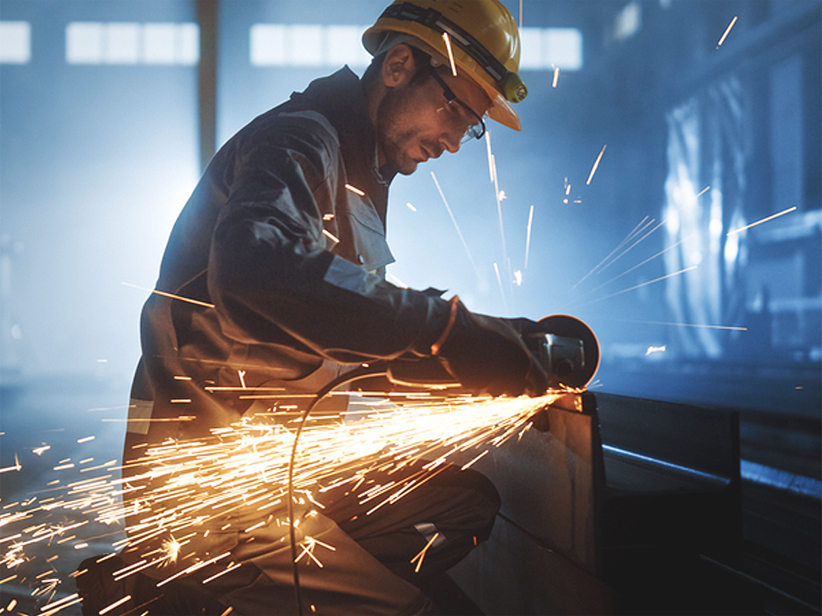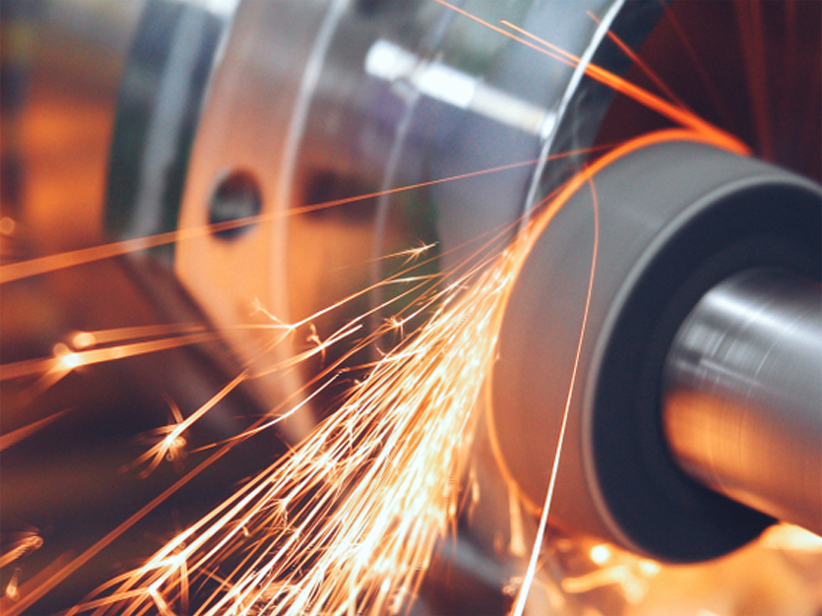Stainless Steel - 316N / 1.4401
Description
Grade 316N/1.4401 stainless steel is an austenitic alloy with enhanced mechanical properties, particularly at elevated temperatures. It is known for its excellent corrosion resistance, especially in chloride environments, making it suitable for marine applications and various industrial processes.
Chemical Composition
The typical chemical composition of 316N stainless steel is as follows:
| Element | % Present |
|---|---|
| Carbon (C) | 0.04 - 0.10 |
| Silicon (Si) | 0.0 - 1.0 |
| Manganese (Mn) | 0.0 - 2.0 |
| Phosphorus (P) | 0.0 - 0.045 |
| Sulfur (S) | 0.0 - 0.03 |
| Chromium (Cr) | 16.50 - 18.50 |
| Nitrogen (N) | 0.10 - 0.16 |
| Molybdenum (Mo) | 2.00 - 2.50 |
| Nickel (Ni) | 10.00 - 14.00 |
| Copper (Cu) | 0.75 max |
| Iron (Fe) | Balance |
Mechanical Properties
The mechanical properties of 316LSi at room temperature are:
| Property | Value |
|---|---|
| Tensile Strength (MPa) | 500 - 700 |
| Proof Stress (MPa) | 205 Min |
| Elongation (A50 mm) | 35% Min |
| Hardness (Brinell) | 215 Max HB |
Thermal & Physical Properties
The physical properties of 316N stainless steel include:
| Property | Value |
|---|---|
| Density | 8.00 g/cm³ |
| Melting Point | 1400°C |
| Modulus of Elasticity | 193 GPa |
| Electrical Resistivity | 0.74 x 10⁻⁶ Ω•m |
| Thermal Conductivity | 16.3 W/m•K |
| Thermal Expansion | 15.9 x 10⁻⁶/K |
Other Designations
316N stainless steel corresponds to several designations and specifications:
Fabrication and Heat Treatment
Fabrication of 316N stainless steel can be performed using standard techniques such as:
Heat treatment is typically not required for this grade, but post-weld annealing is recommended to relieve internal stresses.
Applications
316N stainless steel is widely used in various applications, including:
Supplied Forms
316N stainless steel is available in various forms, including:






